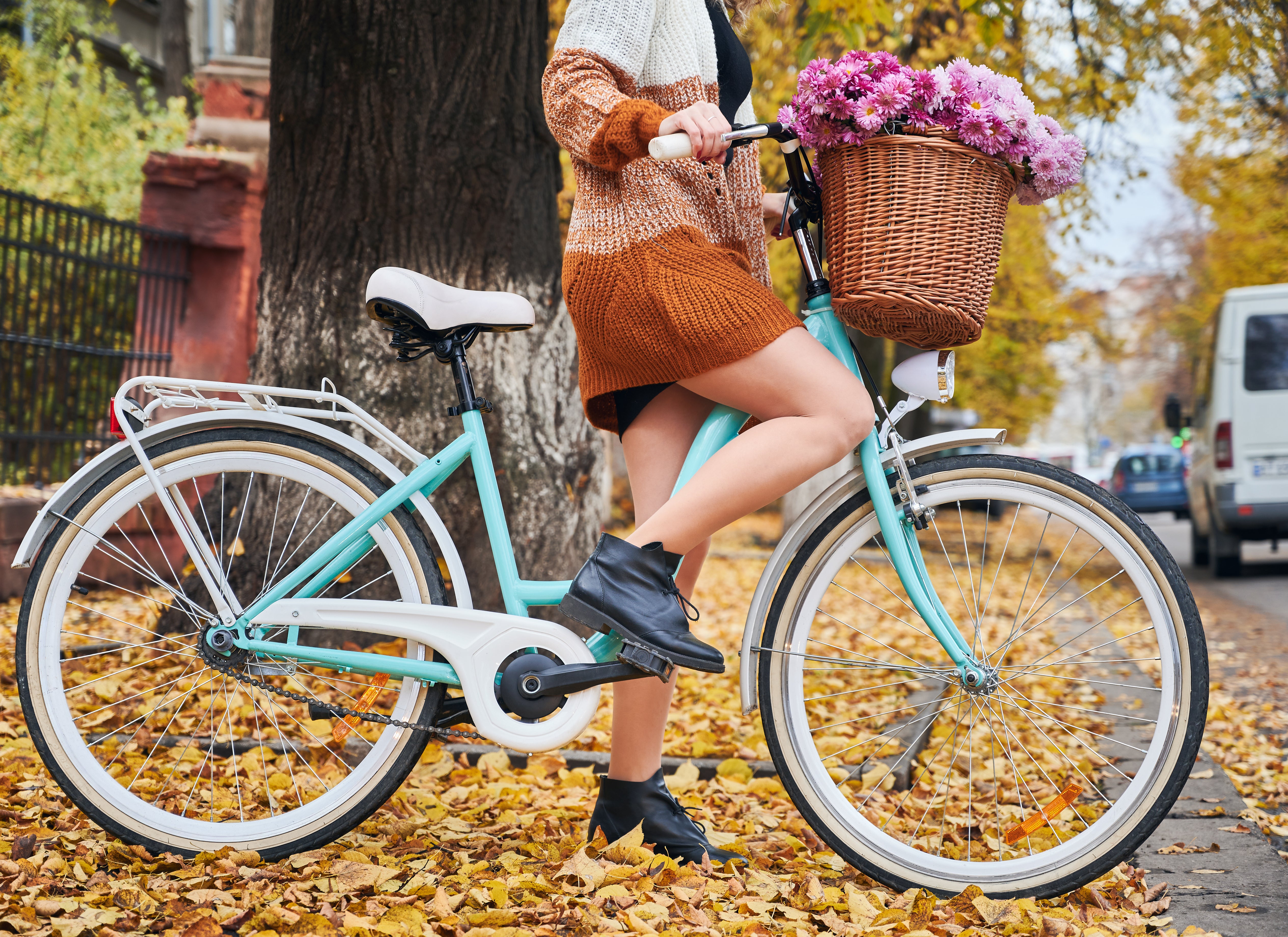
Checklist for safe cycling
In Germany, a lot of importance is rightfully placed on the roadworthiness of bicycles. Unfortunately, road traffic is still not designed for bicycles and cyclists and pedestrians always lose out in road battles with cars.
Since everyone would like everyone to get home safe and sound in the hustle and bustle of traffic, it is important that bicycles meet certain standards. These are set out in the Road Traffic Licensing Regulations (StVZO).
The StVZO specifies which elements a bicycle must have in order to be considered roadworthy. If something is missing during a traffic stop, the fine box will ring. So that you can move safely in traffic, we have listed the required equipment for a traffic-safe bike for you.
- Lighting and reflectors
- Pedals with reflectors
- A roadworthy bell
- Two independent brakes
Lighting and reflectors
The front light
Cycling is a bit like Hollywood because it's all about seeing and being seen. This is very important for cyclists, especially in the dark or in poor visibility conditions, such as rain or fog. For this the bike needs a light one Front and back lighting. The front light shines best in bright white and should have one for optimal visibility Light intensity of at least 30 lux exhibit.
The taillight
A red tail light is mandatory and helps you to be noticed from behind, for example by approaching cars. In the dark it is of course essential to be seen, otherwise accidents can occur as cyclists without lights are much more easily lost in the darkness.
The reflectors
Reflectors are at least as important as strong front and rear lighting on your bike called cat eyes. There is a on the front of your bike white reflector required by law. For the back there is a red large-area reflector required. As soon as light falls on your reflectors, for example from the headlights of a car, your reflectors shine back and thus increase your chance of being seen. When attaching the reflectors, it is important that they are at least 25 cm above the ground must be located. Many bicycle manufacturers now integrate reflectors into the front and rear lights. What is often forgotten: The front and rear wheels each require two Spoke reflectors in yellow color. Alternatively, the StVZO allows bicycle tires that have white reflective stripes instead of reflectors.
Pedal
If you want to move safely in traffic, you absolutely need one non-slip pedals. The StVZO stipulates that on the pedals two yellow reflectors must have. One on the front and one on the back.
A bell
The bicycle bell is not only an important accessory to make yourself safer on the road, but can also make a statement. There are now great bicycle bells in every design, so you are guaranteed to find one that you like.
But of course the decisive factor is still the function. The bell should be at least loud enough for other cyclists and pedestrians to hear in the hustle and bustle of traffic. Because if you are not heard when in doubt, dangerous situations can quickly arise. A bell is particularly helpful for children, because even the smallest ones need to be able to make themselves known. However, anyone who attaches a horn or wheel arch bells to their bicycle as a replacement for a bell does not comply with the StVZO.
Brake
Functioning and reliable brakes are the most important thing on the bike. You need two independent brakes on the front and rear wheels. If one brake fails, the bike will still come to a stop quickly.
The most common types of brakes installed on bicycles are:
Disc brake: Here the brake pads press against a brake disc. The braking performance is very high, even in wet conditions and on any terrain. This type of brake acts very quickly, so if in doubt it will reduce your speed significantly. However, this sudden reduction in speed can also be dangerous and therefore requires careful handling.
Rim brake: Opposite brake pads press against the rim to achieve braking performance. This is best suited if you're actually just a fair-weather rider, because the rim brake doesn't work 100% reliably when it's wet.
Coaster brake: The internal coaster brake acts on the rear wheel. This is usually only installed on bicycles with small gears. An additional front wheel brake can, in combination, increase the braking effect and thus achieve a shorter braking distance.
Mudguards, chain guard, lock, etc.
Furthermore, many traffic police are in favor of additional protective measures that go beyond the StVZO but make you even safer on the road.
These measures include, for example: Mudguard, because these protect cyclists from moisture, dirt and stone chips in all directions. This is particularly important on the front wheel, otherwise small stones or splashing water can get into your eyes while driving. This should of course be avoided, as it is really uncomfortable, but can also cause you to fall.
A Chain guard is also recommended as this prevents the trousers from getting caught in the chain.